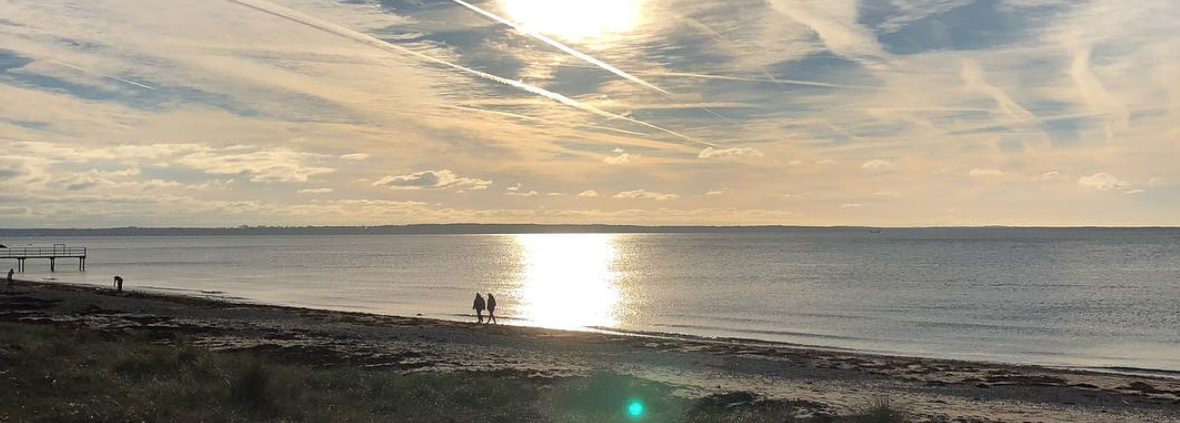QDETAILSS Poster Workshop Lund 11 + 14 November 2019
Hi everybody!
It was great meeting you yesterday, discussing communication and poster design. Here are some guidelines and links to help you with your work. Most important are these two:
- The Poster Design Hub
A resource page for scientific posters - The QDETAILSS 19 discussion group
A LinkedIn group for feedback and discussion. Make sure you ask for an invitation. (I strongly recommend you to get a LinkedIn profile – it is becoming more and more useful for science people, especially in their contact with industry, healthcare, and national agencies.
Looking forward to seeing your posters – be bold, and be interesting!
Feel free to email me or call me!
O.
PS I will add more stuff to this page.
+46 70 888 55 41
olle@bergman.com
se.linkedin.com/in/ollebergman/en
@OlleBergmanSE
••••
My slides
Designing a poster – a work process
Intellectual preparation phase
- Decide on 2–4 main conclusions for your project.
- Pick out the visuals you need to support your conclusions.
- Write a working title (just a starting point for your planning – you will polish it later).
Basic Design Phase
- Use printouts, pen & paper, whiteboard and/or Post-it notes for sketching a layout.
- Decide on a logical order.
- Write single sentences for the different components (you will fill in more text later in the process).
- Start the layout work in PowerPoint or InDesign. Think about CRAP, stick to the grid and don’t make the text columns too wide. Think BIG! Here’s a tool (there’s plenty of them!) for creating a color palette: https://www.canva.com/color-palette/
- When you have a basic layout, add more text.
Refinement Phase
- Work on the title – I suggest writing three to five different alternatives and let your fellow students give feedback.
- Look at every single element (graph, diagram, header, paragraph, sentence, line, frame, logo …) and ask yourself ”Does it add value for the reader or is it just noise?”.
- Shorten the texts. Cherish the white space!
- Polish the visuals, thinking about the data/ink ratio.
Optional
- Prepare your verbal explanation.
- Make three different posters: one conservative, one balanced and one radical.
••••
Links
The Poster Design Hub
A resource page for scientific posters
Basic graphic design: Contrast, Repetition, Alignment, Proximity
A chapter from a book by Garr Reynolds.
Remove to improve
Some notes from the makers of the video we saw.


